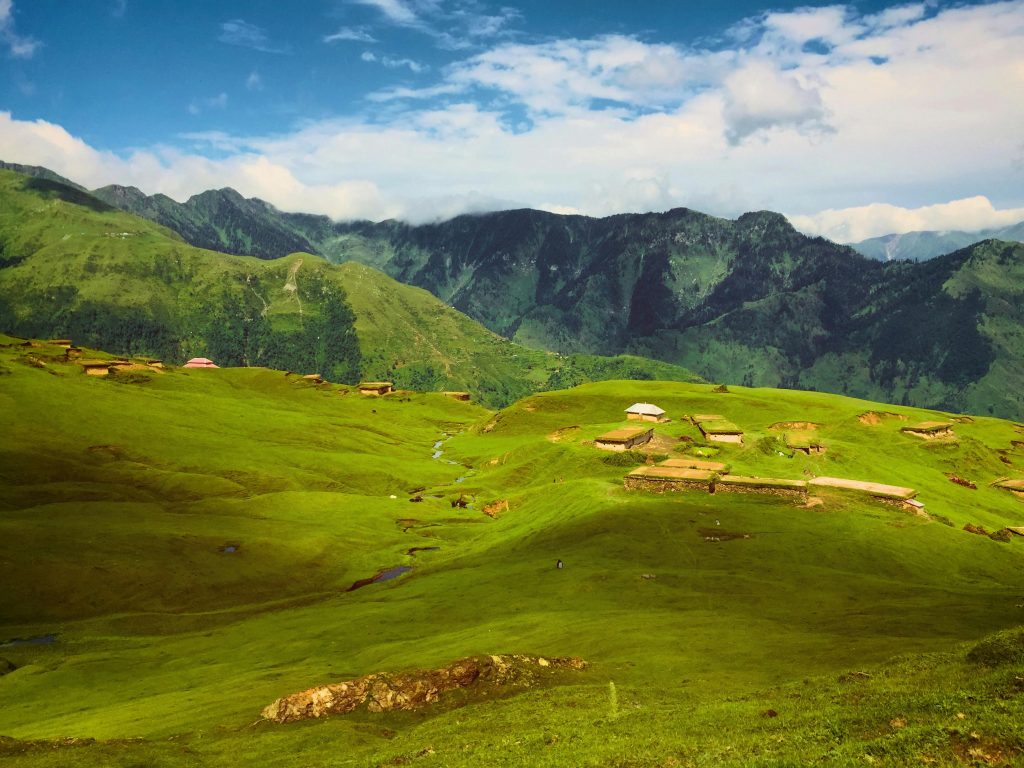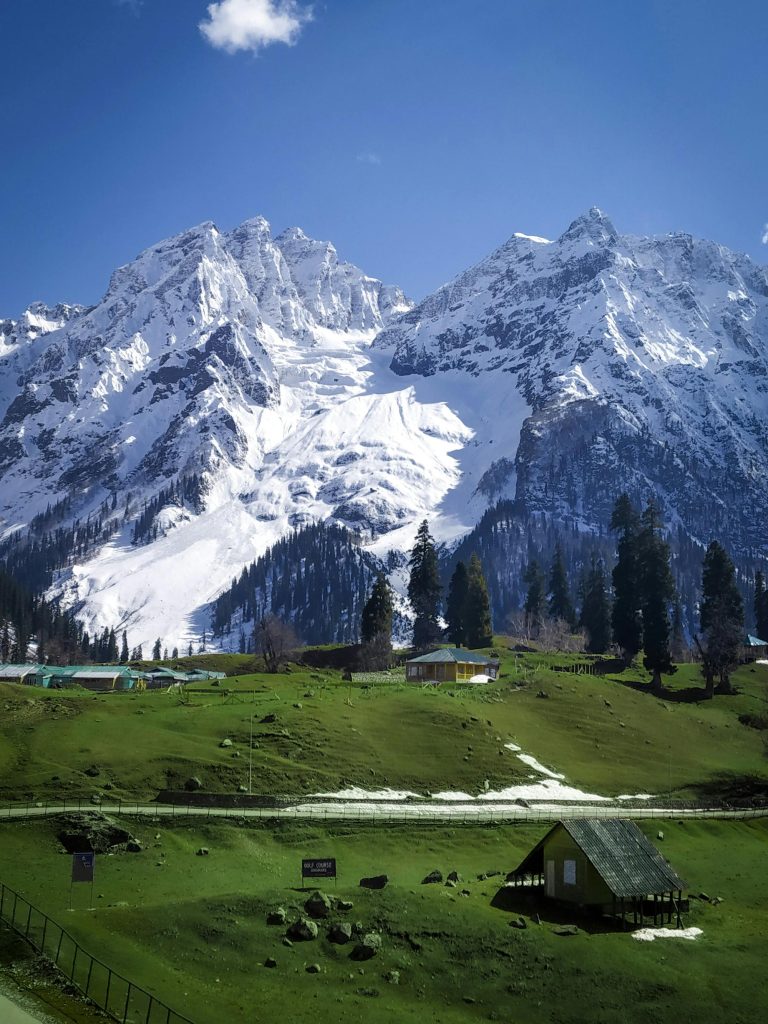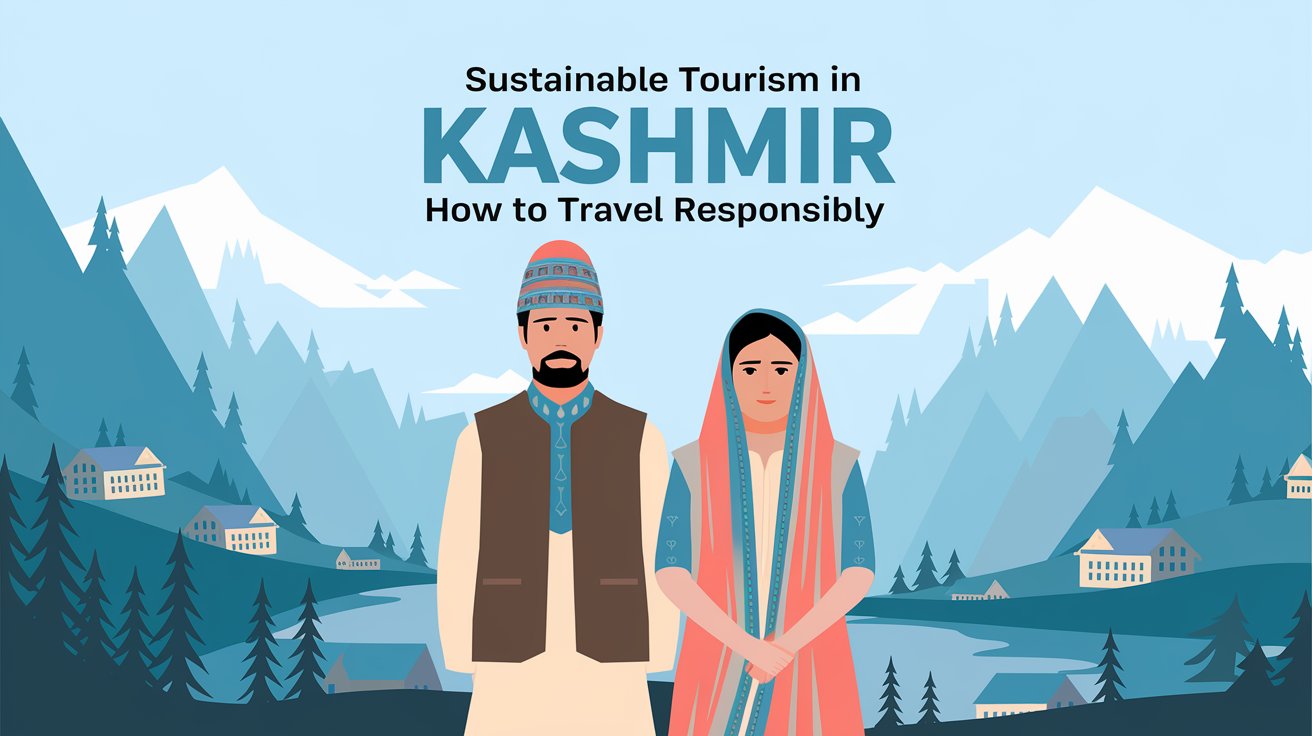Sustainable Tourism in Kashmir: How to Travel Responsibly
Introduction
Tourism in kashmir Kashmir, often referred to as “Paradise on Earth,” captivates travelers with its breathtaking landscapes, serene lakes, and rich cultural heritage. Nestled in the northern part of India, this region boasts majestic mountains, lush valleys, and vibrant traditions that draw visitors from around the globe. However, the increasing influx of tourists poses significant challenges to its delicate ecosystem and cultural fabric. Sustainable tourism is crucial in ensuring that Kashmir remains a pristine destination for future generations. This article explores responsible travel practices that can help preserve the beauty and integrity of Kashmir while allowing visitors to enjoy its wonders.
Understanding Sustainable Tourism
Definition of Sustainable Tourism
Sustainable tourism refers to a form of travel that seeks to minimize the negative impacts on the environment, culture, and economy of a destination while maximizing the benefits for local communities. It encourages mindful travel choices that promote conservation, cultural respect, and economic support for locals.

Benefits of Sustainable Tourism for Local Communities and Environment
Sustainable tourism offers numerous advantages, including:
- Economic Growth: By supporting local businesses, sustainable tourism helps create jobs and fosters economic development.
- Environmental Conservation: It encourages the protection of natural resources and biodiversity, ensuring that ecosystems remain intact.
- Cultural Preservation: Responsible travel promotes respect for local traditions and customs, helping to preserve cultural heritage.
The Beauty of Kashmir Tourism
Key Attractions in Kashmir
Kashmir is renowned for its stunning natural beauty and rich cultural heritage. Key attractions include:
- Mountains and Valleys: The majestic Himalayas and lush valleys like Gulmarg and Pahalgam offer breathtaking views and outdoor activities such as trekking and skiing.
- Lakes and Rivers: The serene Dal Lake, famous for its houseboats and shikaras, is a must-visit, along with the pristine waters of Wular Lake and Lidder River.
- Cultural and Historical Sites: Explore the rich history of Kashmir through its ancient temples, Mughal gardens, and vibrant markets.
Seasonality and Best Times to Visit
The best time to visit Kashmir is during the spring (March to May) and autumn (September to November) when the weather is pleasant, and the landscapes are particularly beautiful. Winter (December to February) attracts snow lovers, while summer (June to August) can be crowded with tourists.
Principles of Responsible Travel
Respecting Local Culture and Traditions
Understanding and honoring local customs is vital for responsible travel. Engage with the community, learn about their traditions, and participate in cultural events.
Minimizing Environmental Impact
Travelers can reduce their ecological footprint by practicing Leave No Trace principles, avoiding single-use plastics, and being mindful of wildlife and natural habitats.
Supporting Local Economies
Opt for locally-owned businesses, markets, and services to ensure that your travel dollars benefit the local community.

Practical Tips for Sustainable Travel in Kashmir
- Choosing Eco-Friendly Accommodations: Look for hotels and guesthouses that prioritize sustainability, such as those that use renewable energy and support local conservation efforts.
- Reducing Waste and Conserving Resources: Carry reusable water bottles, bags, and utensils to minimize waste. Be conscious of water and energy usage during your stay.
- Opting for Public Transport or Sustainable Travel Options: Use local transport options like buses or shared taxis to reduce your carbon footprint.
- Engaging in Responsible Wildlife and Nature Activities: Choose eco-tours that prioritize animal welfare and environmental conservation, such as guided hikes that follow ethical wildlife viewing practices.
Supporting Local Communities
- Buying Local Products and Crafts: Purchase handmade crafts and products from local artisans to support the economy and promote cultural heritage.
- Dining at Local Establishments: Enjoy traditional Kashmiri cuisine at local restaurants, which helps sustain the culinary culture and provides income to local families.
- Participating in Community-Based Tourism Projects: Engage in initiatives that promote community involvement in tourism, ensuring that local voices are heard and benefited.
Challenges and Solutions
Addressing Over-Tourism Issues
Over-tourism can strain resources and disrupt local life. To combat this, travelers should:
- Visit during off-peak seasons to reduce congestion.
- Explore lesser-known destinations within Kashmir to spread the tourist load.
Strategies for Balancing Tourism Growth and Sustainability
Encouraging responsible travel practices and collaborating with local stakeholders can help create a sustainable tourism framework that benefits both visitors and residents.
Conclusion
Sustainable tourism is vital for preserving the natural beauty and cultural heritage of Kashmir. By adopting responsible travel practices, travelers can enjoy the region’s wonders while contributing to the well-being of local communities and the environment. As you plan your journey to this enchanting destination, remember that every small action counts towards a more sustainable future for Kashmir. Embrace the spirit of responsible travel and make a positive impact during your visit.





